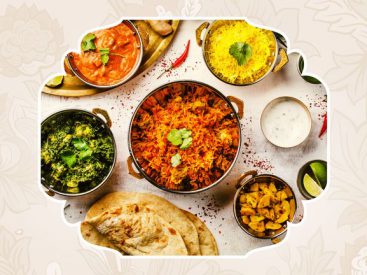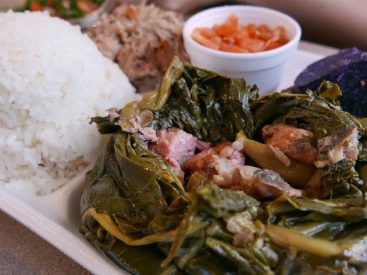(Photography: Erik Putz, Prop styling: Madeleine Johari, Food styling: Ashley Denton) Before they were sold at grocery stores, plant-based milks had been around for centuries and were staples in various cuisines. Take soy milk, for example: In China, where this beverage originated, it’s not uncommon to make your own […]
Delicious!
Delicious!



